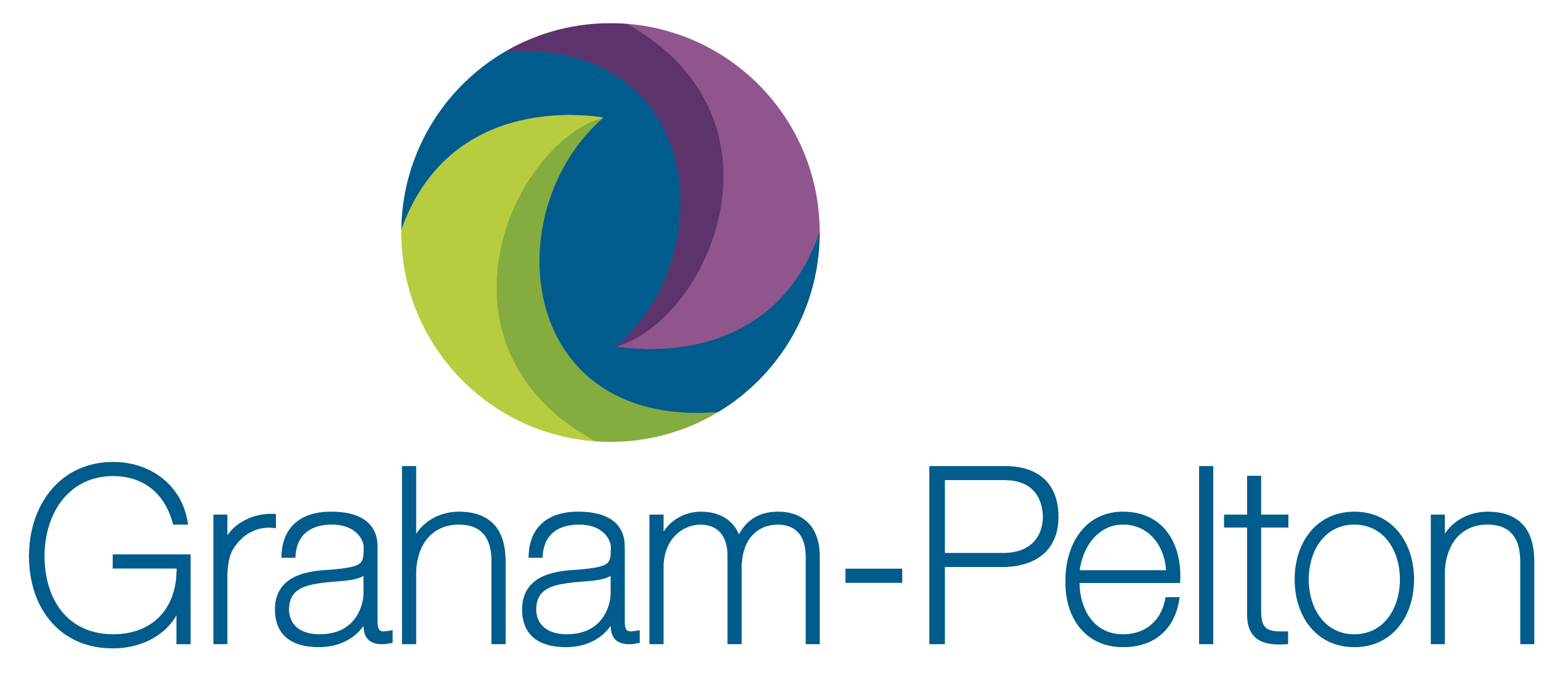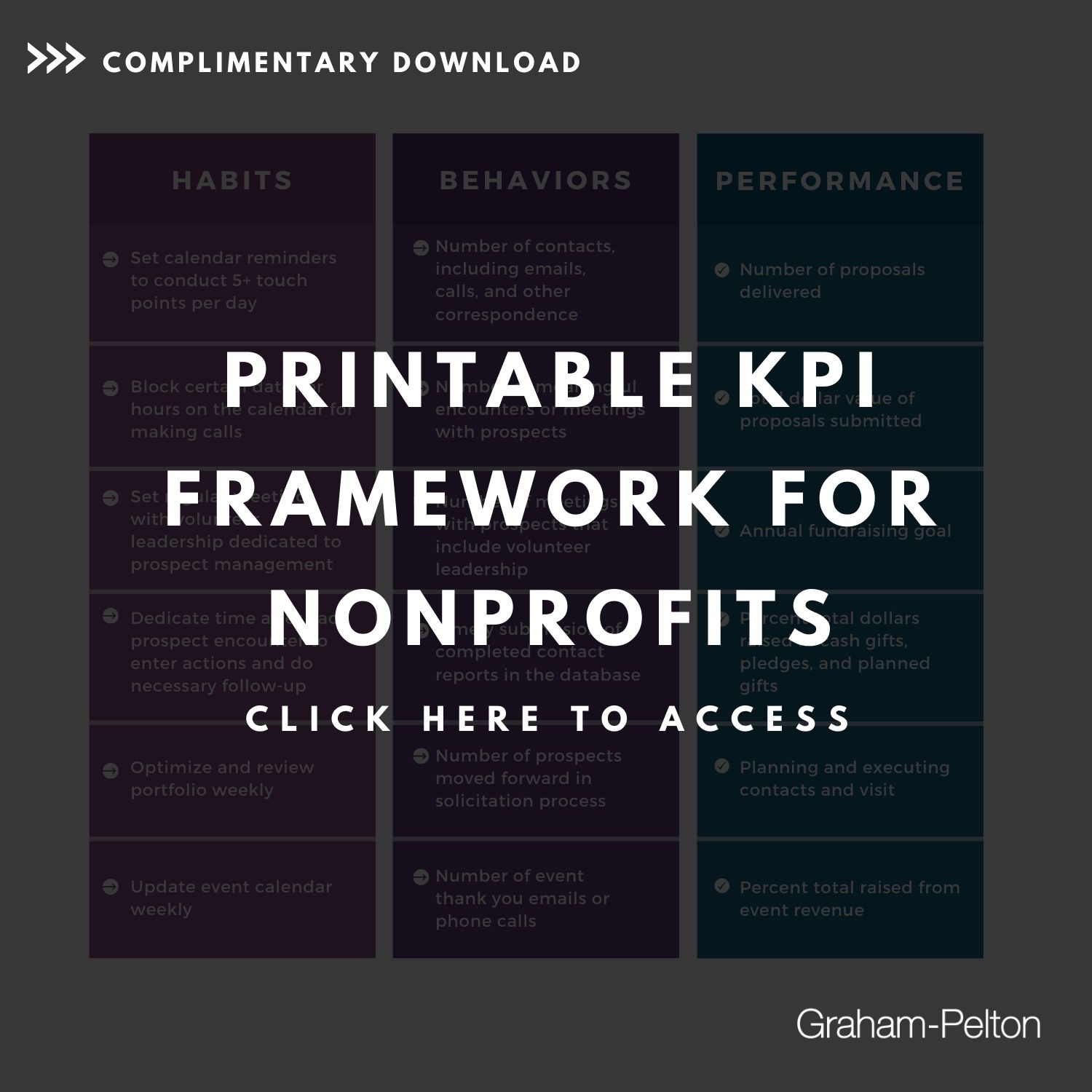A new take on KPIs and goal setting:
Redefining success amid uncertainty

For many years, nonprofits have set ambitious goals and metrics to achieve growth and success for their missions. Today’s environment has left nonprofits with concerns about how they maintain success for their causes. No longer can nonprofits evaluate their success in the same ways: redefining success can help organizations demonstrate value and serve as the most effective goodwill ambassadors for their missions.
You might be asking yourself:
- What does the current environment mean for our goals?
- Do goals need to be changed? Portfolio sizes decreased?
- How do I measure progress while working remotely?
- How do I manage leadership’s expectations appropriately?
If these questions resonate with you and your organization, you are not alone. Despite current uncertainty, there are still many reasons to remain optimistic about your ability to influence outcomes. And, as a result, organizations will get closer to their ideal outcomes.
Focus on what can be controlled and measured. Now is the time to get creative in your approach to your goals and focus on what is in your sphere of influence – your habits and behaviors. Here are some questions to ask yourself:
- How often do you set aside time to pick up the phone each day?
- Do you block time on your calendar to get your priority projects done?
- Are you prioritizing time to engage your stakeholders in the goal-setting conversation?
- Are there new projects or benchmarks that we hadn’t previously considered?
These actions may seem insignificant, but focusing on habits and practicing them faithfully now will make sure they become automatic and result in performance progress down the line.
Four ways to redefine your organization’s success
1. Data is your best advocate.
Goals should always be ambitious but achievable. To determine what is achievable and ambitious, look at your historical data and your pipeline projections for the future. Basing goals on data and ensuring progress can be measured in ways beyond overall performance will allow your organization to capture all activities – big and small. Organizations cannot improve what they don’t measure.
Questions to ask: What were you able to raise in prior years? Were there any outlier gifts? What planned asks do you have in the pipeline – either annual appeals or major gift asks? How many cultivation events were you able to conduct before, and how many are feasible now? Have any donor circumstances changed significantly since the beginning of the pandemic?
These types of questions can help your organization determine what is realistic for your teams and customize your forecasting – this is not one size fits all.
2. Don’t forget to engage your stakeholders.
To create ownership and understanding around goals, there always needs to be an open line of communication about them. Whether it is a frequent conversation between manager and direct report, conversations as a full team, or managing up with your Board and leadership, the conversations must occur regularly and not only once or twice a year. Engaging stakeholder feedback and input early in the process and frequently will help create shared accountability.
For conversations with teams and individuals, ask them what they think is realistic and review the data together. Encourage them to be optimistic and proactive, while also listening to any concerns they might have. Be sure to highlight ways of capturing habits and behaviors just as much as performance goals. Reviewing and setting the goals collaboratively will alleviate anxiety and promote ownership.
Questions to ask: How are you feeling about goal setting this year? What do you think is realistic for this year and why? Which habits are you practicing to influence your behavior goals? What support do you need to achieve your goals?
3. For conversations with leadership, be prepared with specifics.
Organizations can reference historical data, future projections, and individual examples of specific donors who have or have not changed their behaviors. Reach out to your networks during this time as well. Engaging a peer organization facing similar challenges can help support your conversation around goal setting.
Questions to ask: How would you like to be involved in the goal-setting process? What are your greatest concerns about this year’s impact on our goals? Which peer organizations do you feel are parallel to us and some of our key challenges?
4. Emphasize the importance of habits and behaviors.
Habits are what truly drive results and lead to meeting and exceeding goals. By placing emphasis on the habits that lead to the behaviors proven to drive performance, you will then see the most optimal outcomes. It’s important that each behavior also has a habit associated with it to result in the best outcomes. Be sure to celebrate progress with habits and behaviors, big and small. Progress reports that focus equally on habits and behaviors as they do on results can boost staff morale and communicate accomplishments to leadership.
Questions to ask: Which of your habits from the past week have contributed to success with behavior and/or performance metrics? How do you need to improve your habits? How could an accountability partner help you stay honest with yourself and on track? What are the barriers getting in the way of forming the right habits, and how can these barriers be removed?
By focusing on habits and behaviors, producing data-driven goals, and engaging key stakeholders along the way, organizations will achieve performance success in the long term. Organizations that choose to look at goals in a new light will transform a potentially paralyzing time into one filled with momentum for their organizations and their missions.





